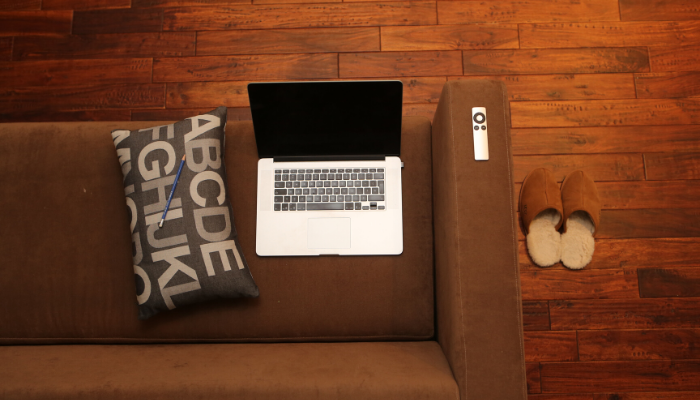We have all probably announced to our colleagues “Traffic was such a waste of time!” in frustration while arriving to work, but what we may not have realised, is that traffic brings financial losses as well.
Surprisingly, Cape Town is the city with the most traffic-related financial losses in South Africa. The Cape Argus reported in 2019 that traffic costs Cape Town R2.8 billion a year! According to the paper, more time in traffic leads to “lower job growth, loss of productivity and decreased attractiveness for investment.”
INRX, the world’s largest traffic intelligence network, published a report which shows that Cape Town, Joburg and Pretoria were part of the top 150 most traffic congested cities in the world. In 2019, the average Cape Town driver lost a hefty 123 hours per year in traffic. Joburg drivers came in second at 74 hours each per year.
The case for alternative workspaces
By the time most workers arrive to the office, they are exhausted, irritated, and anxious. Currently, the open-plan office is the preferred method of laying out workspaces, mostly used by companies who need to use less space for more people in order to save costs and to foster communication between teams and management. Managers also find it easier to monitor employees’ productivity.
That said, this style is falling out of favour – with boomers and some millennials. Boomers prefer quiet and private offices, while millennials prefer open-plan spaces. The only thing that the two generations agree on is that colleagues can be distracting – especially when making calls or talking loudly.
New challenges require creative solutions
In the wake of the recent COVID-19 pandemic, the debate about remote working has returned with renewed vigour. South Africans, with our great sense of humour, have shared countless memes suggesting that many are delighted for the opportunity to skip traffic and spend an extra hour in bed before beginning with work.
Businesses have had to adjust the way they do business. The concerns for how businesses will perform in this economy are valid, but there is a bit of relief available – businesses can still maintain productivity during this time.
How businesses can maintain productivity in a remote-working environment
- Meetings need not be compromised, as groups can connect online using platforms such as Microsoft Teams.
Microsoft Teams is an effective tool because it combines the ability to connect/ meet, keep track of the team’s work, and have all files available to every team member. It provides a simple way to make meetings go faster!
- The less confined people are, the more energy and focus they can give their work.
Being in a bricks-and-mortar environment can feel confining and stifling. Having the flexibility to upgrade your connectivity (or get a new one) decreases your stress about working from home. The ability to work from home lessens your worries about working when ‘connectivity is uncapped’.
You can make it to your team video conference in the morning, research, upload, and download information and documents before lunch, and listen to a podcast while you finalise deadlines in the afternoon.
- The more employees work from home, the more confident they become in their ability to follow direction.
Working from home demands discipline, dedication and delegation – as well as a connection that caters to all your needs. Much like a busy afternoon on Joburg’s roads, connections can become congested and overworked. There are a few different ways to connect. Choose the one that fits your budget and is available to you.
Here is a guideline to possible connectivity options for working at home:














